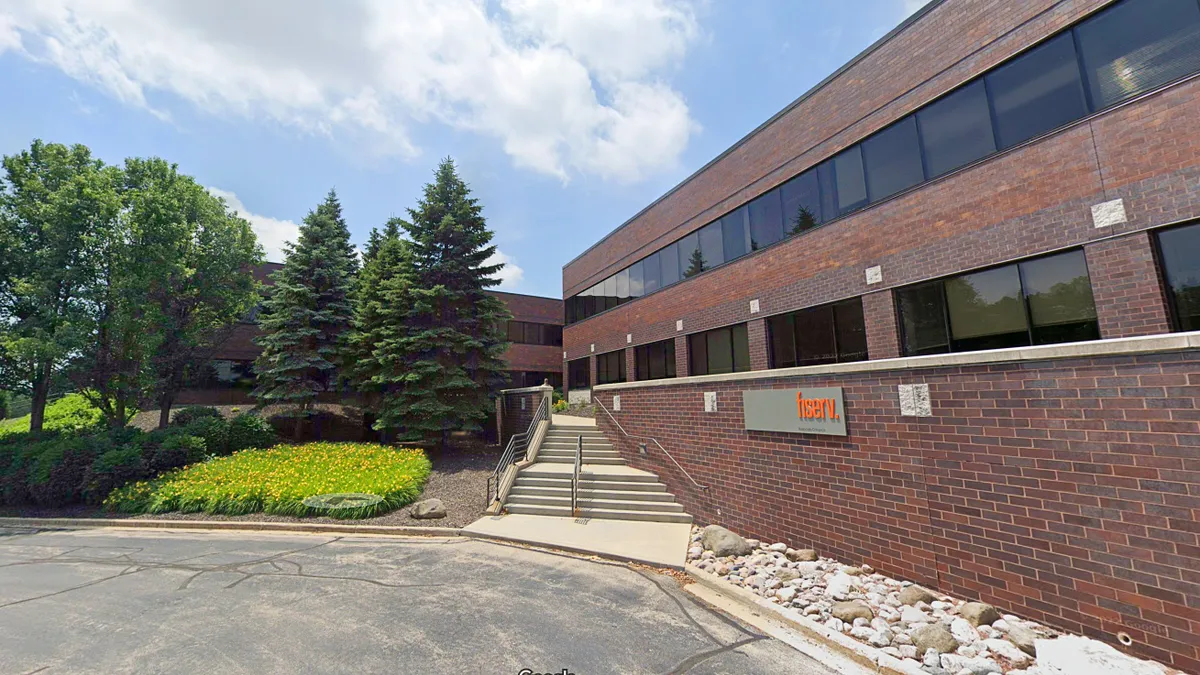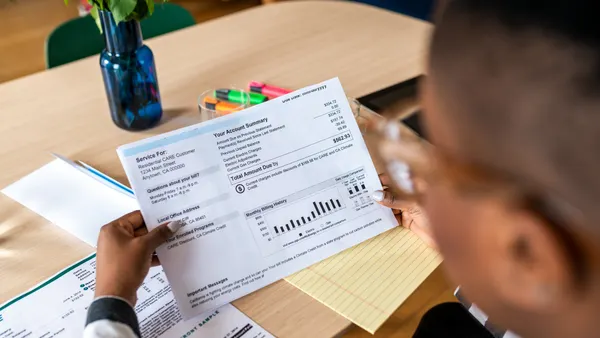Every time a customer picks up the phone to make a payment, a company’s operational costs rise. What seems like a simple support call often signals a deeper problem: poor payment experiences that push customers away from self-service.
In payments, inefficiency is the enemy of profitability.
And nowhere is that inefficiency more apparent than in the login process. A clunky payment portal, a forgotten password, or limited payment options can turn a quick, self-service transaction into an expensive, time-consuming agent interaction. According to Gartner, agent-assisted payments can cost up to 80x more than self-service. Multiplied by hundreds or thousands of calls per month, the true cost of a poor experience escalates quickly.
The solution isn’t to deflect calls—it’s to prevent them. That starts with building a payment journey so easy that customers don’t feel the need to pick up the phone.
Achieving that simplicity requires removing the barriers that commonly disrupt or delay the payment process.
Where payment barriers begin
Legacy payment systems may function, but they’re riddled with hurdles that frustrate customers and sabotage self-service. These hurdles typically fall into three categories: login and authentication challenges, limited payment options and poor design.
Authentication remains one of the most persistent points of friction. Most consumers juggle dozens of logins and passwords, which leads to frustration, late payments and long phone calls with agents.
In fact, PayNearMe research found that 52% of respondents said remembering logins, passwords and account numbers makes paying bills on time difficult. Picture a borrower trying to make a loan payment, only to spend 15 minutes on hold because they forgot their log-in.
Next, limited payment options can block the path to self-service. In an era of digital wallets and instant peer-to-peer transfers, consumers expect to pay bills with the same methods they use every day. Yet many billers restrict payment options to cards and ACH. PayNearMe research shows that 59% of respondents would be likely to pay loans with a digital wallet, and 40% said they want the flexibility to use different payment types each billing cycle. When options aren’t available, payments stall—and frustrated customers call support.
Finally, the user interface can make payments harder than they need to be, creating unnecessary delays and frustration. Cluttered layouts, confusing flows and unclear error messages add friction that often leads to abandoned payments. What should be a simple, two-minute process instead becomes a costly, time-consuming interaction with an agent.
Left unaddressed, these barriers quietly slow cash flow and erode profitability.
The true cost of a poor payment experience
The impact of agent-assisted calls extends well beyond the phone line. Every call has a cascading effect on a company's total cost of acceptance. These costs are often hidden in metrics such as lower self-service adoption, more payment exceptions and ultimately, higher customer churn.
At over $8 per call on average, agent-assisted payments can quickly erase the margin on even a small payment. For high volume billers, even a small percentage of payments diverted to the call center adds up. One thousand agent-assisted payments per month can mean nearly $100,000 in annual support costs. Compare that to the pennies it costs to process a self-service transaction, and the inefficiency becomes stark.
The damage isn’t only financial. A negative payment experience undermines customer trust and loyalty. According to PWC, one in three customers will leave a brand after just one bad interaction. Retention is far cheaper than acquisition, so a poor payment experience is a direct threat to long-term profitability.
Fortunately, there is a way to reverse these trends. It’s time for businesses to make a strategic shift toward Payment Experience Management.
Move from transactions to experiences: Payment Experience Management
Reducing payment friction requires more than a few technology fixes—it demands a mindset shift. Businesses must move from simply processing transactions to managing the end-to-end payment experience.
Payment Experience Management streamlines payment interactions across customers, support and operations. By tackling common pain points—such as login barriers, limited payment options and clunky user interfaces—organizations can improve customer satisfaction, accelerate cash flow and lower their total cost of acceptance.
Billers are increasingly using personalized, secure payment links delivered by text, email or printed statement. These links take customers directly to a pre-authenticated payment flow—no login required. This can significantly reduce agent-assisted calls. One PayNearMe client saw a 43% reduction in live agent payments after adopting this technology.
Offering flexible payment options also increases self-service and improves the customer experience. Consumers expect to pay bills any way they choose, including PayPal, Venmo, Apple Pay and Cash App Pay. Automotive Partners Funding expanded its options and boosted self-service payments to 64% in less than a year.
Equally important is the design of the experience itself. A personalized, intuitive payment flow that works seamlessly on any device helps customers complete payments without confusion or hesitation. In turn, this reduces errors, lowers support volume and helps accelerate cash flow for billers.
An investment in experience is an investment in growth
The era of treating high-friction payments as "just the cost of doing business" is over. Today, inefficiency is the enemy of profitability—and poor payment experiences drive up costs while pushing customers away. The good news? The reverse is also true.
By investing in better experiences, businesses can improve customer satisfaction, get paid faster and reduce costs.
To learn how investing in Payment Experience Management can boost cash flow and profitability, click here.










